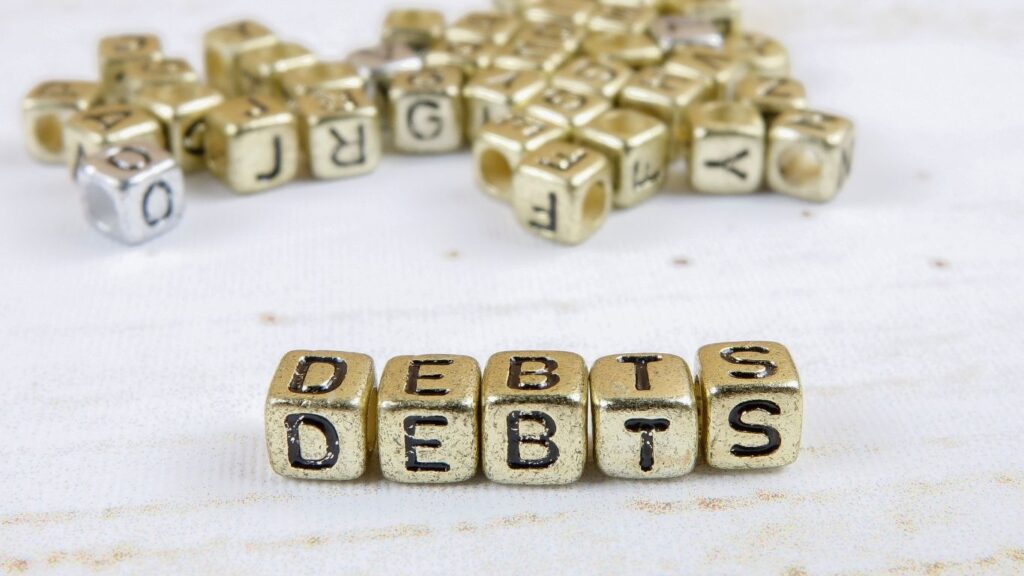So, you’ve done it—you’ve already maxed out your RRSP and TFSA! 🎉 That’s a huge financial milestone and something to be proud of. Many Canadians struggle to even start investing, but here you are, wondering what’s next after you’ve filled up both of these powerful investment accounts.
Maybe you’ve been diligently contributing to your Registered Retirement Savings Plan (RRSP) for years, reducing your taxable income while building wealth for the future. Or perhaps your Tax-Free Savings Account (TFSA) has grown into a sizable portfolio, with all your investments compounding tax-free.
But now that both accounts are maxed out, what should you do with your extra savings?
Don’t worry—you still have plenty of options! Let’s walk through smart strategies to keep your money growing, all while maintaining tax efficiency and financial flexibility.
Table of Contents
1. Max Out Other Tax-Advantaged Accounts Like the FHSA

The First Home Savings Account (FHSA) is a newer account that lets first-time homebuyers save up to $40,000 tax-free. Even if you’ve already maxed out your RRSP/TFSA, this account could be another tax-efficient way to grow your money.
🔹 Example:
Sarah is 30, has maxed out his RRSP/TFSA, and plans to buy a home in a few years. She opens an FHSA, contributes the maximum $8,000 per year, and invests in ETFs. Since the FHSA works like a mix of an RRSP (tax-deductible contributions) and a TFSA (tax-free withdrawals for a home purchase), it’s a win-win.
Even if buying a home isn’t on your horizon, opening an FHSA can provide additional contribution room for your RRSP, giving you even more flexibility and growth potential for retirement.
Related content:
2. Open a Non-Registered Investment Account
Once you’ve maxed out your RRSP/TFSA/FHSA, the next logical step is to invest in a non-registered account. These accounts don’t offer tax shelters like the RRSP or TFSA, but they have their own advantages:
✅ No contribution limits – Invest as much as you want.
✅ No withdrawal restrictions – Unlike RRSPs, you don’t need to wait until retirement to access your funds.
✅ Capital gains tax advantages – You only pay tax on 50% of your capital gains, making it more tax-efficient than earning interest.
🔹 Example:
Diana maxed out her RRSP and TFSA and still has $20,000 left to invest. She opens a non-registered brokerage account and buys dividend stocks and ETFs. Her capital gains and dividends will be taxed, but since only half of capital gains are taxable, her tax bill is still lower than if she had earned that money as salary.
How to Reduce Taxes in a Non-Registered Account:
- Invest in Canadian dividends – These qualify for the dividend tax credit, reducing your taxes.
- Hold investments for the long term – Frequent trading leads to more taxable capital gains.
- Use tax-loss harvesting – Sell underperforming stocks to offset gains and reduce your tax bill.
Related content:
3. Consider a Corporate Investment Account (If You’re Self-Employed)
If you own a business or are incorporated, you might want to invest through your corporation. A corporate investment account allows you to grow wealth inside your business, rather than withdrawing and investing in your personal name (which may trigger higher taxes).
🔹 Example:
Lynna owns a successful consulting firm and has maxed out her RRSP/TFSA. Instead of withdrawing extra profits and investing personally (which would increase her taxable income), she leaves the funds in her corporation and invests through a corporate account. This allows her to take advantage of lower corporate tax rates.
Important Considerations:
- Corporate investments may be subject to passive income rules, which could impact your small business tax rate. These rules are most advantageous when your corporate annual passive income is under $50,000.
- You should speak with an accountant to see if a corporate account makes sense for you.
4. Pay Down Debt – High-Interest First!

Investing is great, but paying off high-interest debt (like credit cards or personal loans) is often the best guaranteed return you can get.
🔹 Example:
Brayden has a credit card balance of $5,000 at 19% interest. Instead of investing extra savings in a non-registered account, he pays off his debt first. This is like getting a 19% risk-free return!
Prioritize paying off:
- Credit cards (typically 19%+ interest)
- Personal loans or lines of credit (5–10% interest)
- Student loans (often lower, but still worth considering)
- Your mortgage (especially if rates are high)
After maxing out your RRSP/TFSA, becoming debt-free will give you even more financial flexibility.
Related content:
5. Invest in Real Estate
If you’re comfortable with the idea of property ownership, real estate can be a powerful wealth-building tool. Whether you buy a rental property, house hack (live in one unit and rent out another), or invest in REITs (real estate investment trusts), real estate can diversify your portfolio.
🔹 Example:
Ricky and Lisa have maxed out their RRSP and TFSA and want to buy a rental property. They use their extra savings for a 20% down payment on a semi-detached house in Mississauga, where they live on the main floor and rent out the basement. The rental income helps cover the mortgage, while the property appreciates in value.
Other Ways to Invest in Real Estate Without Buying a Property:
- REITs – Publicly traded real estate funds that pay dividends.
- Real estate crowdfunding – Platforms that let you invest in property with others.
Real estate investments require more capital and active management, so it’s important to ensure it aligns with your risk tolerance.
In the current market, where the housing affordability crisis persists and potential high unemployment could arise from tariff tensions between Canada and the U.S., buying a property may not be the best option unless you’re financially prepared and planning to stay long-term.
6. Invest in Yourself (Education, Skills, or a Business)
One of the best investments you can make is in yourself! If you’ve maxed out your RRSP/TFSA and have extra cash, consider putting money into:
📚 Education or certifications – Increase your earning potential.
🚀 Starting a business – Turn a passion project into an income stream.
💼 Networking and coaching – Build relationships that could lead to new opportunities.
🔹 Example:
Lavanya has saved aggressively and maxed out her investments. She decides to spend $5,000 on a cybersecurity bootcamp to transition into a high-paying job in the field. A year later, she lands a $20,000 salary increase, making it an incredible return on investment.
If you’re stuck wondering, “What’s next?” improving your skills and knowledge can be one of the most rewarding choices.
Final Thoughts: Keep Your Money Growing!
Maxing out your RRSP and TFSA is a fantastic achievement, but your financial journey doesn’t stop there. Whether you invest in a FHSA, non-registered account, real estate, or even yourself, there are plenty of ways to keep building wealth.
💡 The key is to balance tax efficiency, risk, and flexibility based on your goals.
So, what’s next for you? Have you explored any of these options yet? Let’s chat in the comments! 👇💬
TL;DR – What to Do After Maxing Out Your RRSP/TFSA:
✅ Max out an FHSA (if buying a home).
✅ Open a non-registered investment account and focus on tax efficiency.
✅ Use a corporate investment account (if self-employed).
✅ Pay down high-interest debt before investing more.
✅ Consider real estate for long-term growth.
✅ Invest in yourself through education or starting a business.
By following these strategies, you can continue growing your wealth beyond your RRSP/TFSA limits! 🚀💰

